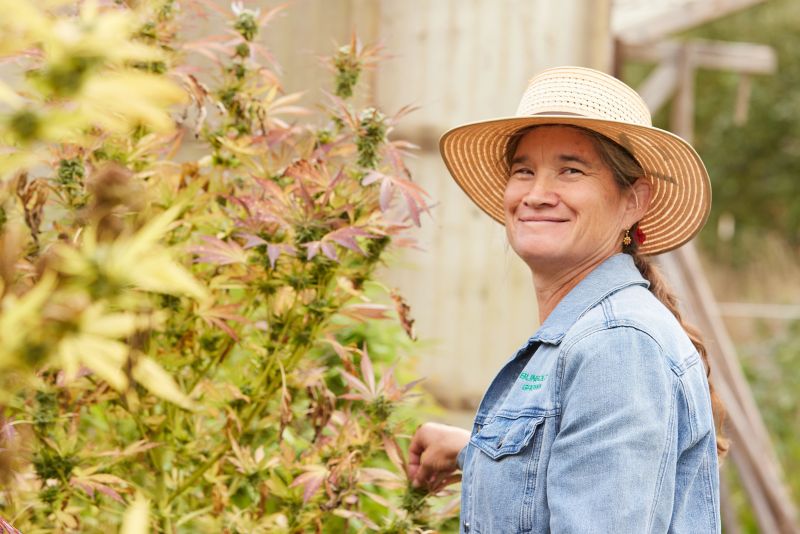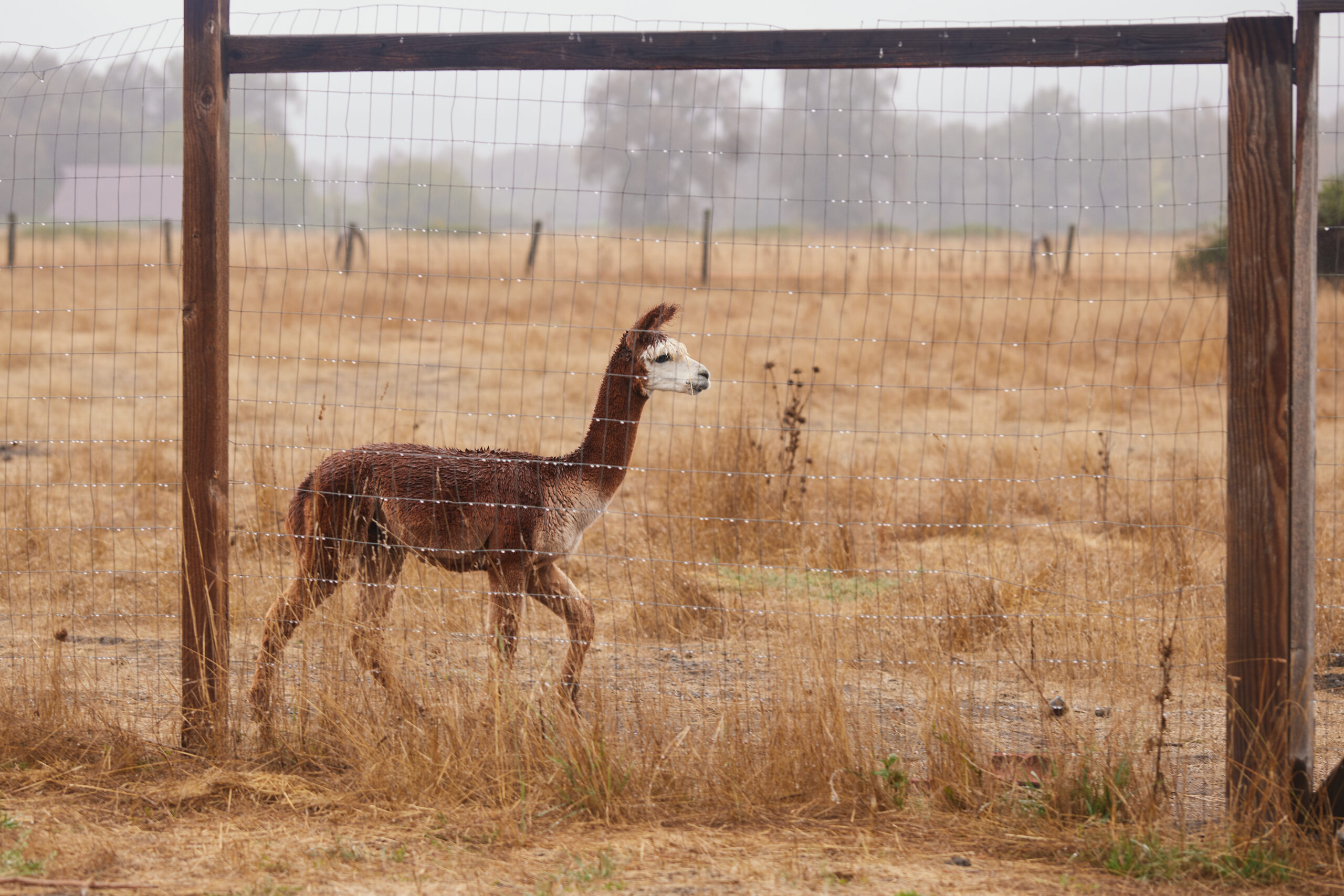To the sophisticated Zodiac stoner, Aries season is the landrace strain of astrological signs — not only is it wild and explosive, but it also comes first.
The Zodiac wheel begins and ends with Aries, the chaotic alpha/omega sign of the Zodiac starting on March 20 and ending on April 19. Aries is not only the cardinal fire sign, it’s also ruled by the overwhelmingly raw energy of Mars. It’s wild and sexual, explosive and eager, fierce and fearless; and frankly, plenty of us soft stoners would do well to lean into that energy during Aries season and beyond.
Fire sign fans and Zodiac stoners alike, consider these eight cultivars that speak loudly and intensely to the Aries spirit.
Find strains for every sign on the Weedmaps app
Firecracker
Strain hunters take note: this rare cultivar is a mystery flower well worth the hunt. Born from inscrutable origins, consumers describe Firecracker’s effects as electric in the body and calm in the head. Firecracker’s mashup of cerebral effects and body buzz make it an exceptional daytime strain, but novice consumers beware: this cultivar’s effects might be potent enough to trigger paranoia in those inexperienced or lower-toleranced, so proceed with caution.
Expect a grassy nose with notes of funky fruit, and a bitter botanical exhale.
Fire Mints
This cross of Fire OG and Animal Mints Bx1 reportedly delivers a focused, inspired cerebral high and a mellow, soothing body buzz — almost like a panacea to raw Aries energy.
Therapeutic consumers primarily report relief from chronic pain, as the cultivar’s median THC percentage is typically above 25%. For folks reeling from way-too-hot fire sign energy, Fire Mints could be the strain that brings you back to a comfortable resting temperature without extinguishing your fire altogether.
Expect a bright, sour nose and commensurate exhale.
Hell’s Fire
Stoners in the market for the most ephemeral of Aries vibes might consider Hell’s Fire (aka Hell Fire OG), which, despite its polarizing name, reportedly delivers a superb balance of creative cerebral energy and physically relaxed bliss. If the hot wind of Aries season is already beneath your wings, consider Hell’s Fire the turbo boost that focuses that energy, keeping the whole experience on the sunny side.
Expect a skunky pine aroma and a tart citrus exhale.
Lemon Fire
When Aries season gets a bit too hot, quench your psyche with Lemon Fire. This prizewinning cross of Fire OG and Lemon Kush reportedly delivers an uplifting head high nestled deep in a sedative body buzz — which is a potential remedy to the unrelenting BDE of Aries season.
Consumers describe super potent, swooning onsets and creeper highs that unfurl over several hours before relaxing into a sensual smolder, which is yet another way to cash in on that sexy Aries energy.
Expect a spicy lemon perfume and a woody, earthy exhale.
Hot Donna
On the sexier side of the strain spectrum is Hot Donna, a cross of Mendo Breath and Super Sour Diesel with a reputation for … ahem, invigorating its fans.
Reported effects include an elastic body buzz and a romantic, sensual head high. These effects allegedly evaporate into epic munchies, so make your brunch reservations before partaking.
Expect a gassy, floral, vanilla aroma and sweet citrus exhale.
Hot Rod
Stoners who eschew the intense psychic vibes of Aries season can protect their energy with Hot Rod, a cross of Motorbreath and Grandpa’s Breath, which is reportedly so stank that only the most cultivated cannasseurs can appreciate its rare perfume.
Since this strain is described as deeply relaxing and blissfully stoney, it might be the one to reach for when the contentious spirit of Aries season has overwhelmed your delicate sensibilities and you just need to giggle for a while.
Expect to gag on the skunky, funky, diesel aroma, and if you can stand the smell, expect an equally funktastic exhale.
Heatwave
Therapeutic consumers struggling with anxiety, stress, and chronic pain describe Heatwave as an effective treatment for their issues. This cross of THC Bomb and Chemdog reportedly delivers a powerfully potent onset that may set you up for pure relaxation in both body and mind.
The head effects are described as both uplifting and soothing and the body buzz is glittery and elastic. Those trying to balance their fire placements with something a bit more mollifying will likely appreciate Heatwave’s juxtaposition of bold and pacifying effects.
Expect a spicy, gas nose and a peppery exhale.
Afterburner
For varsity stoners searching for the boldest, stoniest high, Afterburner is a complex hybrid that might be perfectly suited to high-toleranced needs. Regularly clocking in at more than 29% THC, Afterburner is, first and foremost, stoney AF. But, once the onset dissolves, the high is reportedly as complex as a fire sign with a water moon and an air rising.
Consumers describe head highs that are expansive and hotly psychotropic with relaxing body effects that develop slowly, quieting any leftover chaos energy Aries season has left in its wake.
Expect a dank, gassy aroma and an earthy, grassy exhale.


 Cannabis News2 years ago
Cannabis News2 years ago
 One-Hit Wonders2 years ago
One-Hit Wonders2 years ago
 Cannabis 1012 years ago
Cannabis 1012 years ago
 drug testing1 year ago
drug testing1 year ago
 Education2 years ago
Education2 years ago
 Cannabis2 years ago
Cannabis2 years ago
 Marijuana Business Daily2 years ago
Marijuana Business Daily2 years ago
 California2 years ago
California2 years ago




 Gina Coleman/Weedmaps
Gina Coleman/Weedmaps Gina Coleman/Weedmaps
Gina Coleman/Weedmaps Gina Coleman/Weedmaps
Gina Coleman/Weedmaps Gina Coleman/Weedmaps
Gina Coleman/Weedmaps
 Gina Coleman/Weedmaps
Gina Coleman/Weedmaps Gina Coleman/Weedmaps
Gina Coleman/Weedmaps Gina Coleman/Weedmaps
Gina Coleman/Weedmaps Gina Coleman/Weedmaps
Gina Coleman/Weedmaps Gina Coleman/Weedmaps
Gina Coleman/Weedmaps











